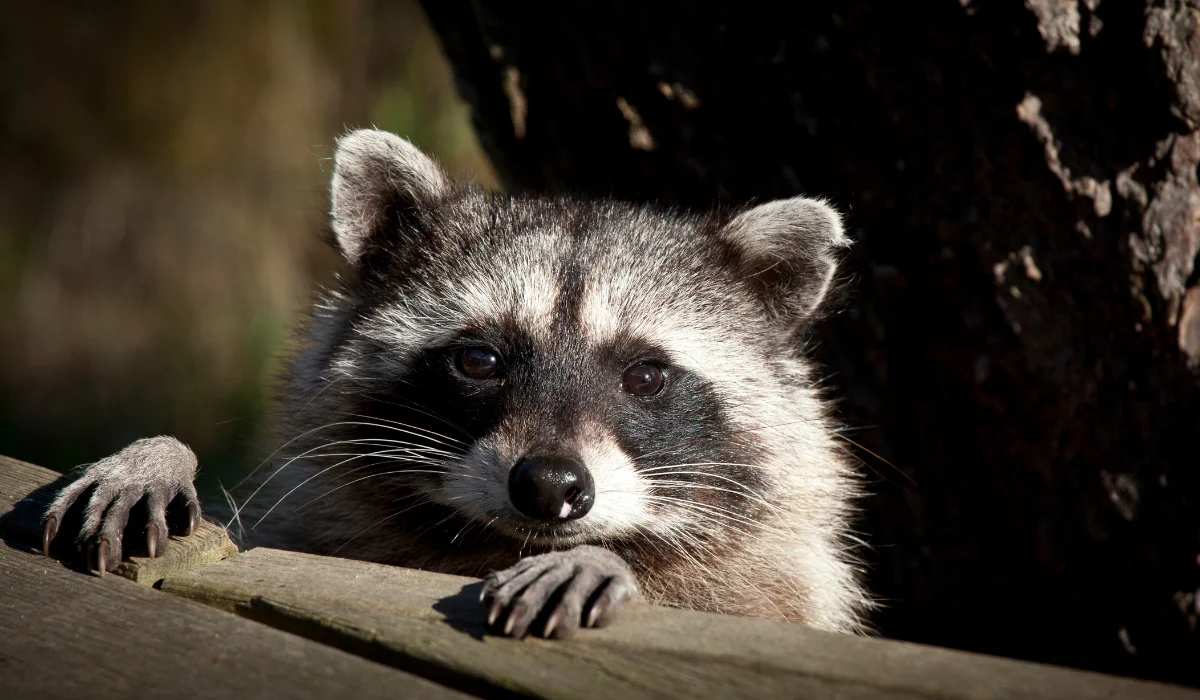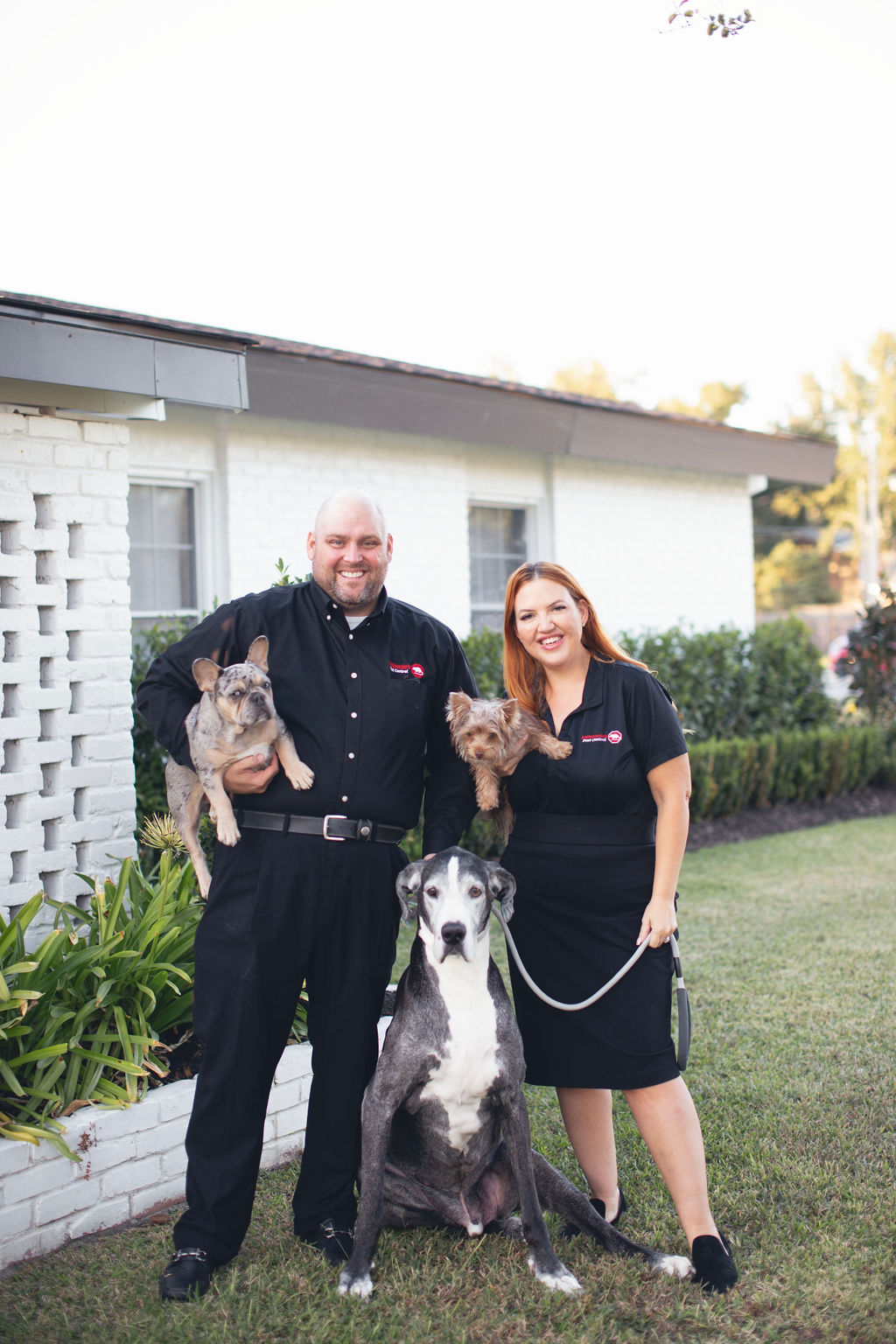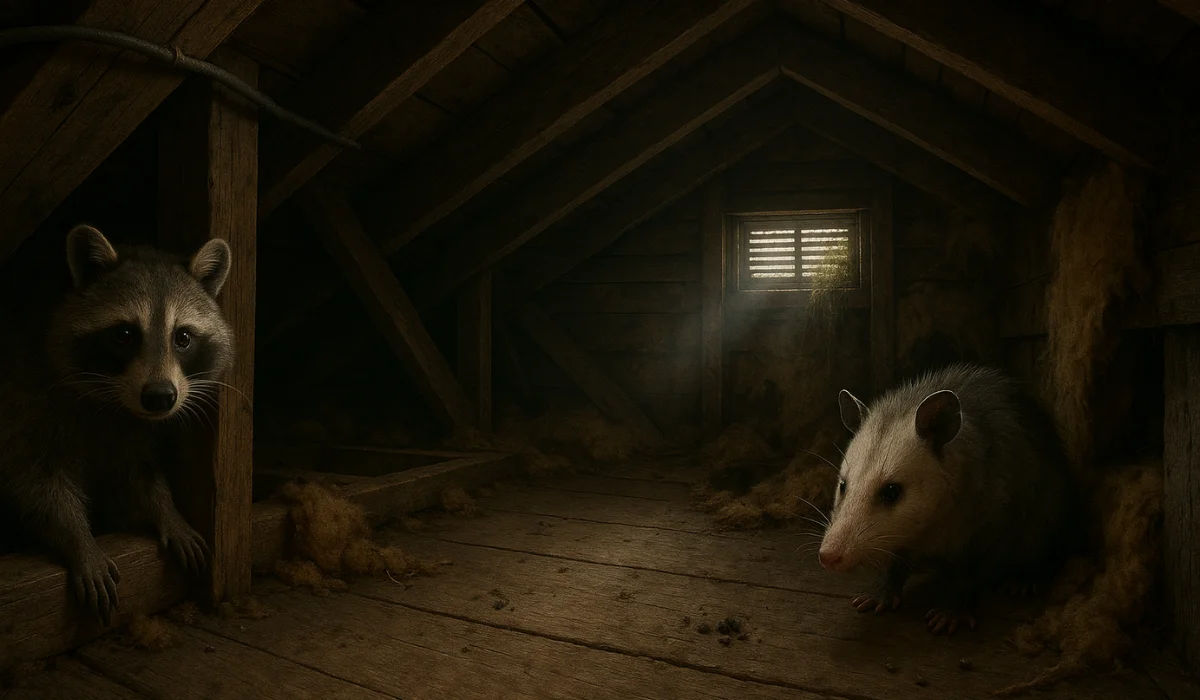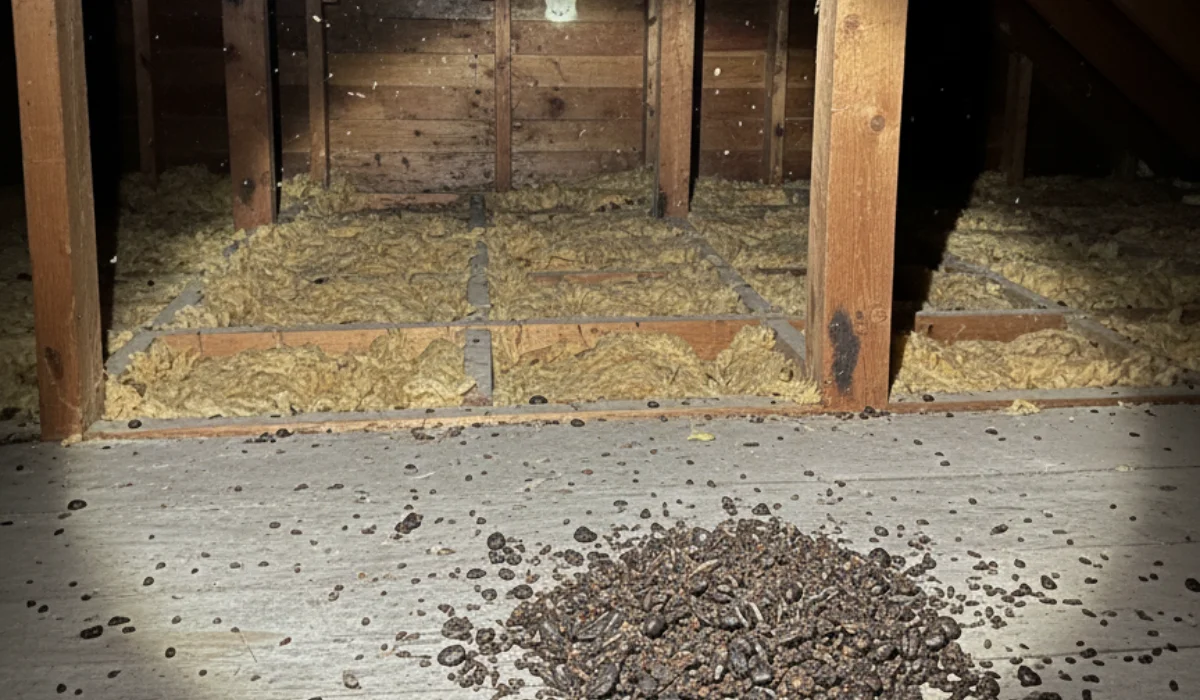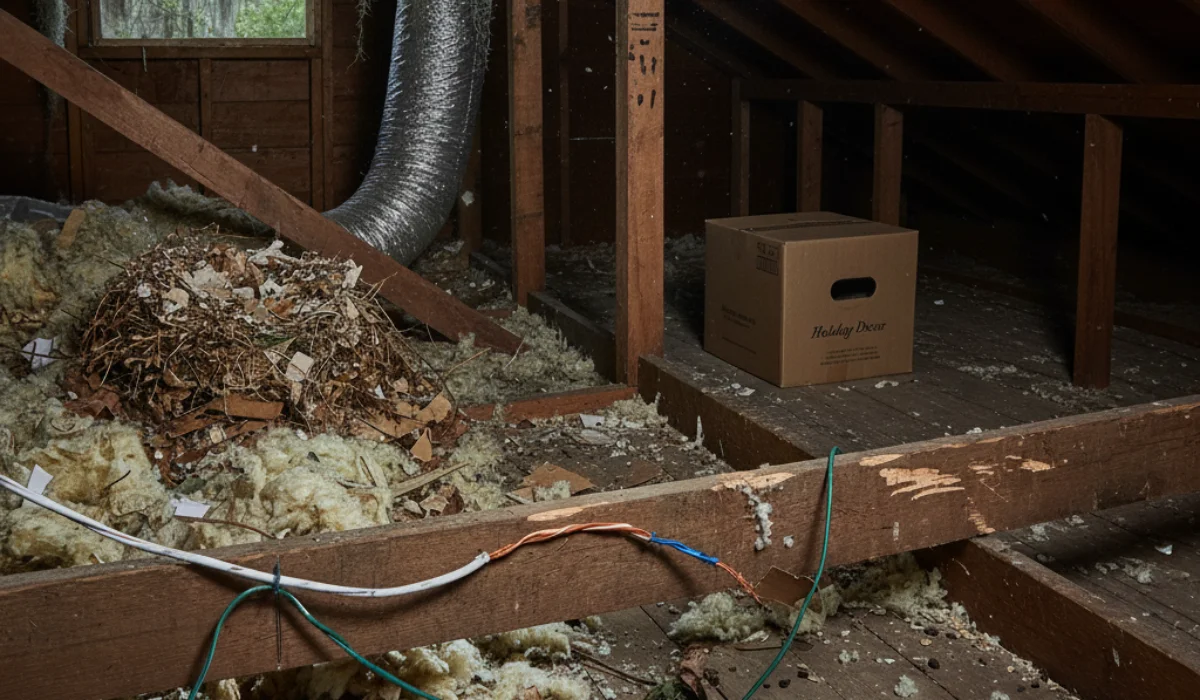If you’re hearing thumps and scratches overhead in the middle of the night, chances are you’ve got more than just creaky old wood up there.
Raccoons in attics are a common issue for Louisiana homeowners, especially in places like New Orleans, Lafayette, and Baton Rouge. These clever critters can turn your attic into their den, dragging in nesting materials and leaving behind messes no one wants to clean up.
Let’s talk about how raccoons get into your attic, what signs to look for, and what steps you can take to stop them.
Key Takeaways
• Raccoons often enter attics through roof vents, soffits, and damaged shingles.
• Food sources like garbage cans and pet food left outside attract raccoons.
• You might notice droppings, insulation damage, or loud noises at night.
• Wildlife control professionals can safely handle removal and prevent future infestations.
Why Raccoons Target Attics in Louisiana
Louisiana’s warm, humid climate is ideal for a variety of wild animals, including raccoons. These critters are most active in spring and early summer, when mothers look for safe places to raise their baby raccoons.
Attics are dry, quiet, and rarely disturbed, an ideal spot for raccoons.
Add in easy access to garbage cans, bird feeders, or pet food outside, and you’ve created a buffet. Raccoons are opportunistic; they’ll go where the food and shelter are.
How Raccoons Get Into Attics
Raccoons are strong, nimble, and surprisingly bright. Once raccoons pick your attic, they’ll find a way in.
Here are the most common entry points we see in Louisiana homes:
1. Roof Vents and Soffits
Plastic roof vents are no match for a determined raccoon. They’ll claw or chew their way through and climb right in. Soffits, especially those already sagging, are another easy target.
2. Gable Vents and Eaves
Even screened gable vents aren’t safe. Raccoons can tear through flimsy screens to get inside. Moisture-damaged eaves often become entry points.
3. Chimneys and Crawl Spaces
Crawl spaces on raised homes, which are common across the bayou, give raccoons, opossums, and even skunks an easy way inside.
4. Loose Shingles or Roof Damage
Storms and age can loosen shingles, which makes it easier for a raccoon to pry open a weak spot.
Signs You Have a Raccoon Problem
Wondering if it’s really raccoons and not something else? Here’s what to look for:
• Loud noises at night: You might hear thumping, scratching, or dragging.
• Droppings or feces: Raccoon waste is larger than a rat’s and often found in one area.
• Insulation mess: Raccoons love burrowing into insulation for nesting.
• Visible entry points: Check your roofline for damage or torn vents.
• Tracks or smudges: Greasy paw prints on walls or near attic access points.
Why You Shouldn’t Ignore the Problem
Besides the noise and mess, raccoons carry health risks. Raccoon droppings may carry roundworm, a parasite harmful to humans and pets. Over time, a raccoon infestation can ruin insulation, chew through wires, and even cause fire hazards.
In some severe cases, raccoon activity may be mistaken for rodent problems, leading homeowners to seek extermination when humane trapping is more appropriate.
If you suspect raccoons, act fast; they won’t leave on their own.
How to Get Rid of Raccoons in Your Attic
While calling animal control might be your first instinct, raccoon problems often need more specialized help than what city services typically offer.
Here’s what proper raccoon removal looks like with a professional:
Inspection
At LaJaunie’s, our wildlife control technician checks your entire property. That includes the attic, roof, crawl space, and even under tubs and behind appliances if needed.
Humane Trapping
We use live traps or cage traps in compliance with Louisiana wildlife regulations. We monitor and reset traps daily for several consecutive days.
Exclusion Work
Once the raccoons are gone, we seal up all entry points. We may need to replace damaged soffits, cap open chimneys, or reinforce weak roof vents. Sealing these access points is a critical step in long-term raccoon control.
Attic Restoration
If needed, we also provide attic restoration services. That includes cleaning up droppings and contaminated insulation, sanitizing the space, and installing new insulation where required.
How to Prevent Future Infestations
You can reduce your chances of another wildlife issue with a few changes:
• Secure garbage cans with locking lids.
• Bring pet food inside at night.
• Remove bird feeders or clean up spilled seed regularly.
• Trim tree branches that hang close to the roof.
• Schedule a professional exclusion inspection annually.
If raccoons have made it in once, they’ll remember your home. Preventing a repeat visit is easier than needing wildlife removal services again.
Call in the Pros for Raccoon Removal in Louisiana
Raccoons are clever and persistent, but our team stays one step ahead with expert training. At LaJaunie’s Pest Control, we know how to get raccoons out and keep them out.
Just give us a call, whether you’re in New Orleans, Lafayette, or East Baton Rouge, we can be at your door fast with same-day or next-day removal services.
FAQs
How long does raccoon removal take?
The inspection and trapping process usually takes three consecutive days. After that, exclusion work and attic repairs can take a few more days, depending on the extent of damage.
Are raccoons dangerous to humans or pets?
Yes. Raccoons carry diseases like rabies and raccoon roundworm, and they can act aggressively if they feel threatened, especially females protecting their babies.
Will raccoons return once removed?
Not if a professional handles the exclusion correctly. Sealing entry holes and removing attractants like pet food or open garbage is key to long-term control.
 By: LaJaunie's Pest Control
By: LaJaunie's Pest Control 